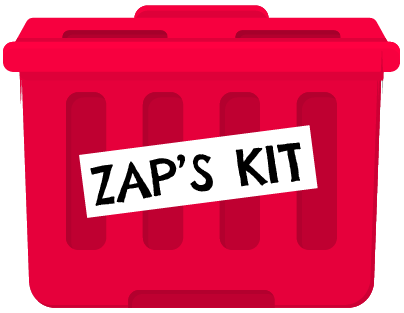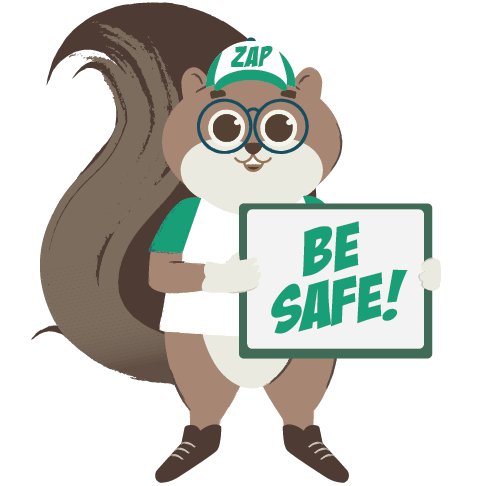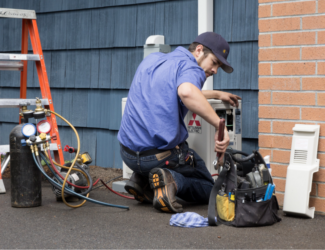
Be Prepared! Create and Maintain an Emergency Kit
Storms can strike with little warning. It’s important to be well-prepared and have an emergency kit in case you experience a power outage. Let Zip and Zap help you put together a checklist for your emergency kit. Just be warned: They do like to pack their emergency kits with a lot of peanuts!
 Make an emergency backup plan: Before we get to what you need for your emergency kit, Zip wants you to remember that it’s important to make an emergency backup plan. No utility can prevent all power outages and some may extend for multiple days. If you are dependent on power for medical equipment or other essentials, create a backup plan in case of an extended power outage. This can be a friend or family member who you can stay with or a list of hotels in the area.
Make an emergency backup plan: Before we get to what you need for your emergency kit, Zip wants you to remember that it’s important to make an emergency backup plan. No utility can prevent all power outages and some may extend for multiple days. If you are dependent on power for medical equipment or other essentials, create a backup plan in case of an extended power outage. This can be a friend or family member who you can stay with or a list of hotels in the area.
 Build an Emergency Kit
Build an Emergency Kit
Before we build our emergency kit, Zap has a few rules:
- Ready.gov recommends putting enough supplies together for your family to survive for 72 hours.
- Keep your items in airtight plastic bags and put supplies in easy-to-carry plastic bins or duffel bags.
- Make sure your emergency kit supplies are easily accessible and in a cool, dry place.
Zip and Zap’s 7 Essentials to a Good Emergency Kit
- Water: Store one gallon per person per day for several days, for drinking and sanitation. Consider also storing water purification tablets or a portable water filtration system as a backup.
 Food: Keep a three- to five-day supply of non-perishable foods that need little or no cooking. Consider canned goods such as beans, vegetables and fruits. Protein bars and dried fruits are a good idea too (and nuts!) Ready-to-eat meals and freeze-dried options are good too.
Food: Keep a three- to five-day supply of non-perishable foods that need little or no cooking. Consider canned goods such as beans, vegetables and fruits. Protein bars and dried fruits are a good idea too (and nuts!) Ready-to-eat meals and freeze-dried options are good too.
- First Aid Supplies: Create a first-aid kit in case you need immediate care. Pack it with bandages, gauze pads, adhesive tape, antiseptic wipes, pain relievers and basic tools like tweezers and scissors.
- Light sources: Make sure to have a working flashlight and/or candles to provide light. Make sure to also have matches for the candles, or better yet have battery-powered candles.
-

A car-powered phone charger can keep you powered up during an outage Backup power: It’s always good to have extra batteries in your emergency kit. Also, backup battery packs for cellphones and other technology and communication tools. Important note: make sure to charge any battery packs if a storm is in the forecast.
- Ways to stay warm: Keep blankets, sleeping bags and pillows readily available for each person in your home. Storms often blow in during the winter, so it’s important to have items to keep you warm.
- Prescription medications: Make sure any crucial prescription medications are kept in a safe and secure spot that will be accessible during an emergency. Ready.gov suggests keeping enough supply to last a week.

Maintain your kit! Because a good emergency kit has some items that may expire, it’s important to replace expired items once they expire. Ready.gov recommends checking your emergency supplies once a year and update your kit as needs change.
Reporting outages
Zap recommends bookmarking our outage map at outagemap.snopud.com so you can easily and quickly report your outage. You can also keep up-to-date on your outage and sign up for outage text alerts on the map. You can also call 425-783-1001 24/7 to report your outage.






